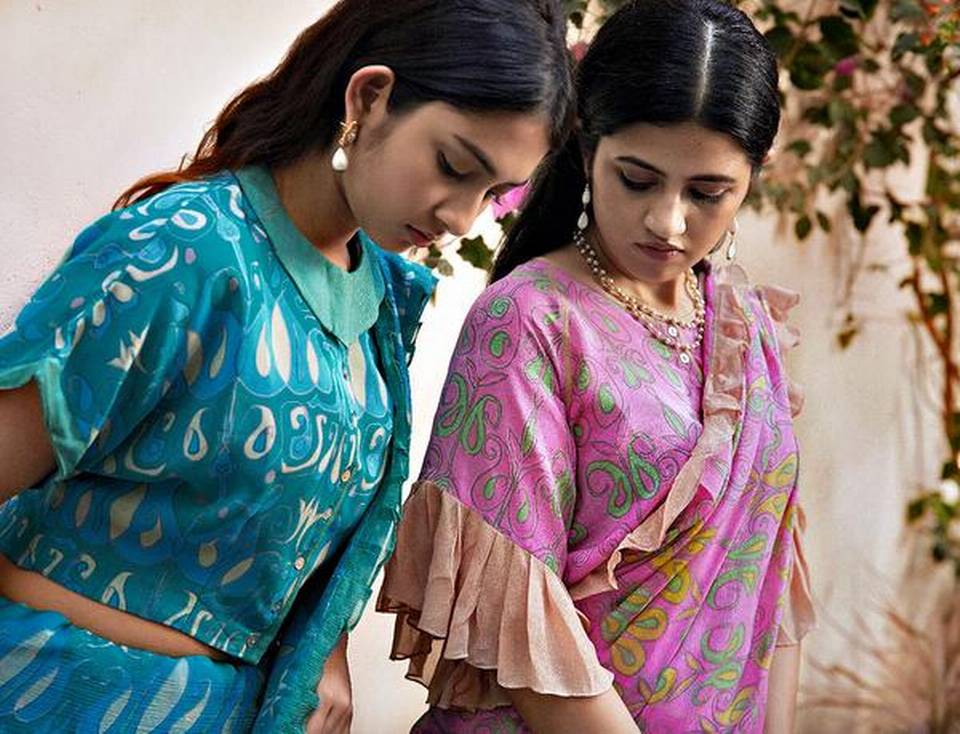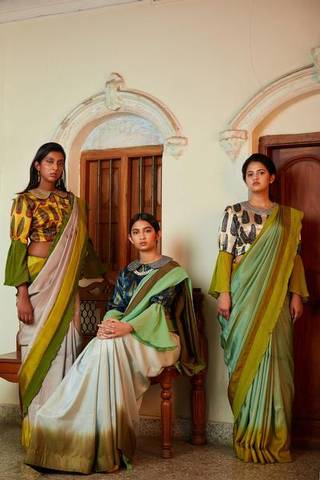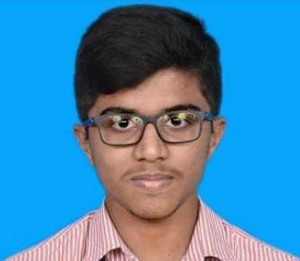Sanjeev Stalin assisted Jeakson Singh for India’s only goal in a FIFA World Cup (U-17) against Colombia in New Delhi in October 2017.

Bengaluru :
Not everyone fulfils their dream of playing professional football. Stalin too had to be satisfied with amateur football with the Aeronautical Development Establishment. But he and his wife Parameshwari, who were running a small roadside garment shop in Bengaluru, were determined to make their son Sanjeev a professional footballer.
They gambled everything on their 10-year-old son, sending him to Chandigarh Football Academy. Little did they know that their son would script history for India seven years later. Sanjeev Stalin assisted Jeakson Singh for India’s only goal in a FIFA World Cup (U-17) against Colombia in New Delhi in October 2017.
The 18-year-old has come a long way since then. He is an integral part of Indian Arrows squad (All India Football Federation’s developmental team) which helped him support his family. While he is fulfilling his father’s dream, the boy refuses to let success get to his head.
“Playing for India was a dream come true. All the sacrifices my parents made, paid off. It is an experience which will always stay with me. I’m thankful to my parents who made the tough choice of sending me away. It helped change the situation in my family. I could help my parents with money,” he added. In his second season with the Arrows, the left-back is making a transition to a winger. Despite the limited opportunities he is getting, he is pushing his limits to play better.
“People say U-17 WC was the best achievement. But it isn’t everything. I’ve just begun. It was initially difficult to play against experienced players in the I-League. They were older and better than us. I had to adapt to that. It’s been a great learning opportunity. Thanks to all the coaches, especially Nicolai Adam (former India U-17 coach), who gave me the confidence,” said one of the only three footballers from Karnataka playing in the top divisions (I-League and Indian Super League) of India currently.
His coach at the Arrows, Floyd Pinto, is also impressed with his commitments. “Sanjeev has been brilliant so far this season. He is the one who has the capability of dribbling and opening up defences. He can assist and score goals. That’s the role we want to see him in,” Pinto said. But Sanjeev is not swayed by glitzy lifestyle. He wants to grow as a footballer and play in Europe. “I have so many dreams, so many targets. But for now, I want to keep my family happy, play best to my abilities and leave the rest to God,” he said.
source: http://www.newindianexpress.com / The New Indian Express / Home> Cities> Bengaluru / by Krishnendu Banerjee / Express News Service / February 20th, 2019









